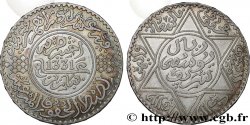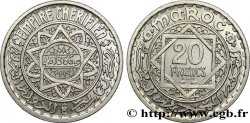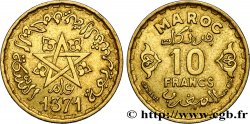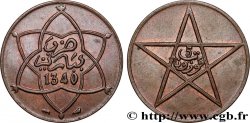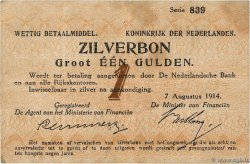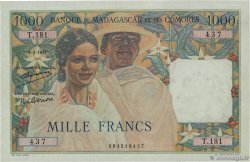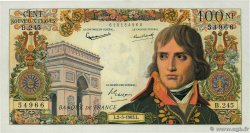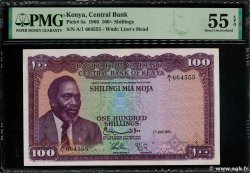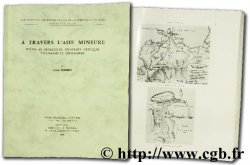Live auction - fco_320793 - MAROCCO - PROTETTORATO FRANCESE 5 Dirhams essai Nickel Morlon AH 1349 n.d.
Devi Sign-in ed essere un offerente approvato fare un'offerta, Login per fare offerte. Conti sono soggetti ad approvazione e di approvazione sono raggiunti entro 48 ore. Non aspettare fino al giorno di una vendita si chiude per registrarti.Confermando la tua offerta su questo oggetto ti impegni ad un contratto legalmente vincolante per l'acquisto di questo prodotto e fare clic su «offerta» costituisce accettazione dei termini di utilizzo de live auctions cgb.fr.
Offerta deve essere collocato in euro gli importi interi vendita only.The si chiuderà al momento sulla descrizione dell'oggetto, eventuali offerte pervenute al sito dopo l'orario di chiusura non verranno eseguite. Volte transmition possono variare e le offerte potrebbero essere respinto se si attende per gli ultimi secondi. Per ulteriori informazioni ckeck le FAQ Live auction.
Le offerte vincenti saranno sottomesse ai 18% per spese di compartecipazione alla vendita.
Le offerte vincenti saranno sottomesse ai 18% per spese di compartecipazione alla vendita.
| Valutazione : | 3 900 € |
| Prezzo : | 1 850 € |
| Offerta maxima : | 1 850 € |
| Data di fine vendita : | 19 aprile 2016 16:42:44 |
| partecipanti : | 1 partecipanto |
Tipo : 5 Dirhams essai Nickel Morlon AH 1349
Data: n.d.
Quantità coniata : -
Metallo : nichel
Diametro : 31,83 mm
Asse di coniazione : 7 h.
Peso : 12,19 g.
Orlo : lisse
Grado di rarità : R3
Slab

PCGS : SP66
Commenti sullo stato di conservazione:
La monnaie est sous coque PCGS SP66
Pedigree :
Cet exemplaire provient de la Collection Michel
Diritto
Titolatura diritto : EN ARABE, AU CENTRE : DEMI-RIAL DE MOULAY YOUSSEF, LE NOBLE ; DANS LES CANTONS DE L’ÉTOILE : QU’IL SOIT ACCOMPAGNÉ PAR LA JOIE, LA CHANCE, L’AMOUR DE SON PEUPLE, LA GLOIRE, ET CE, POUR TOUJOURS.
Descrittivo diritto : Sceau de Salomon cerclé en son centre.
Rovescio
Titolatura rovescio : REPVBLIQVE - FRANÇAISE.
Descrittivo rovescio : tête de Marianne à droite et signature Morlon.
Commento
Lecompte signale une frappe médaille. Il s’agit ici d’une très étrange frappe à 7h qui se rapproche donc plus d’une frappe monnaie.
Nous avons souvent inversé les illustrations du livre de Jean Lecompte avers/revers car le Maroc étant un protectorat, la puissance émettrice, théoriquement placée à l’avers, est le roi du Maroc et non la République française.
Pour cette pièce, qui ne mentionne pas de statut politique particulier ni n’utilise le système inspiré de celui des Français (qui n’apparaît qu’en 1339 A.H., on devrait certainement placer à l’avers le nom et les titres du roi. On notera que dans ce cas l’avers porte également la valeur faciale, le revers une autre expression de la valeur faciale, le lieu et l’année de frappe.
Malheureusement, entre les intentions des responsables marocains, l’exécution par la Monnaie de Paris (nous avons vu que l’auteur des coins ne connaissait pas la langue arabe) et les traditions locales éventuellement différentes, il est très difficile de trancher.
Lecompte reports a medal strike. This is a very strange strike at 7 o'clock, which is therefore closer to a coin strike. We have often reversed the illustrations in Jean Lecompte's book obverse/reverse because Morocco being a protectorate, the issuing power, theoretically placed on the obverse, is the King of Morocco and not the French Republic. For this coin, which does not mention any particular political status nor use the system inspired by that of the French (which only appeared in 1339 AH), the name and titles of the king should certainly be placed on the obverse. Note that in this case the obverse also bears the face value, the reverse another expression of the face value, the place and year of strike. Unfortunately, between the intentions of the Moroccan officials, the execution by the Paris Mint (we have seen that the author of the dies did not know Arabic) and the possibly different local traditions, it is very difficult to decide
Nous avons souvent inversé les illustrations du livre de Jean Lecompte avers/revers car le Maroc étant un protectorat, la puissance émettrice, théoriquement placée à l’avers, est le roi du Maroc et non la République française.
Pour cette pièce, qui ne mentionne pas de statut politique particulier ni n’utilise le système inspiré de celui des Français (qui n’apparaît qu’en 1339 A.H., on devrait certainement placer à l’avers le nom et les titres du roi. On notera que dans ce cas l’avers porte également la valeur faciale, le revers une autre expression de la valeur faciale, le lieu et l’année de frappe.
Malheureusement, entre les intentions des responsables marocains, l’exécution par la Monnaie de Paris (nous avons vu que l’auteur des coins ne connaissait pas la langue arabe) et les traditions locales éventuellement différentes, il est très difficile de trancher.
Lecompte reports a medal strike. This is a very strange strike at 7 o'clock, which is therefore closer to a coin strike. We have often reversed the illustrations in Jean Lecompte's book obverse/reverse because Morocco being a protectorate, the issuing power, theoretically placed on the obverse, is the King of Morocco and not the French Republic. For this coin, which does not mention any particular political status nor use the system inspired by that of the French (which only appeared in 1339 AH), the name and titles of the king should certainly be placed on the obverse. Note that in this case the obverse also bears the face value, the reverse another expression of the face value, the place and year of strike. Unfortunately, between the intentions of the Moroccan officials, the execution by the Paris Mint (we have seen that the author of the dies did not know Arabic) and the possibly different local traditions, it is very difficult to decide







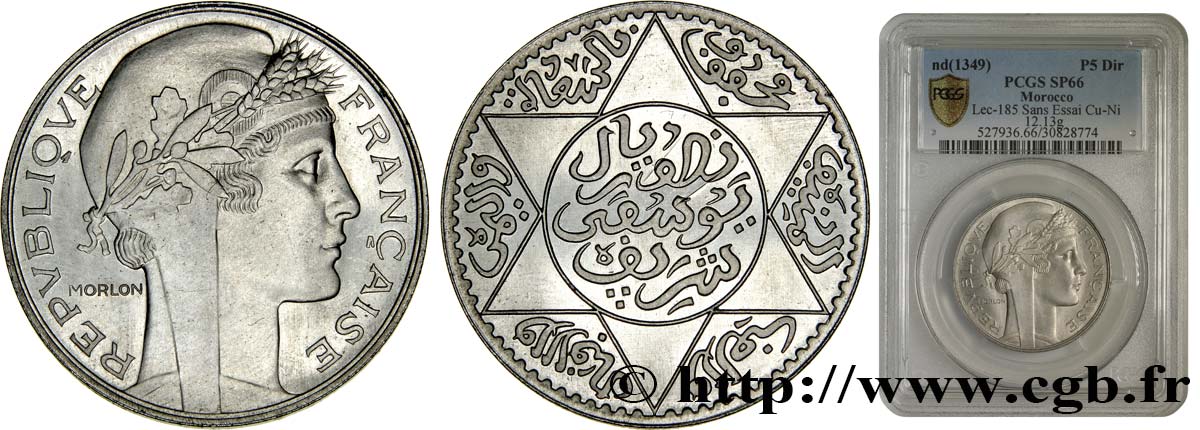
 Segnalare un errore
Segnalare un errore Stampate la pagina
Stampate la pagina Condividi mia selezione
Condividi mia selezione Fai una domanda
Fai una domanda Consegnare / vendere
Consegnare / vendere
 Descrittivo
Descrittivo